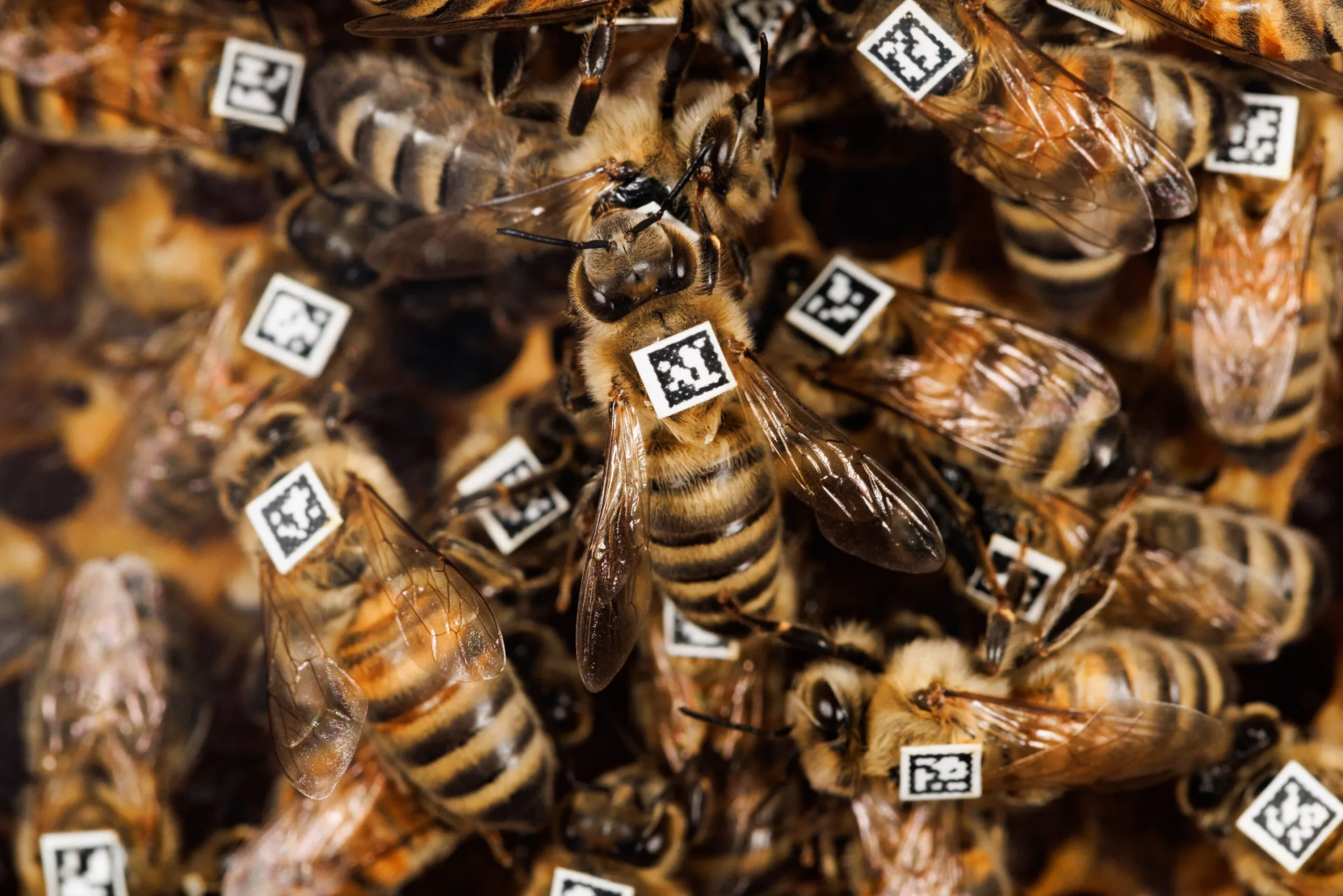A collaborative research effort involving Heinrich Heine University Düsseldorf (HHU), alongside institutions in Frankfurt/Main, Oxford, and Würzburg, has made significant strides in understanding the genetic basis of cooperative behavior in honey bees (Apis mellifera). Their findings, published in the journal Science Advances, pinpoint the doublesex gene (dsx) as crucial for programming the complex social behaviors exhibited by these insects.
The Importance of Social Behavior
Social interactions among organisms are foundational for survival and are often passed down through generations. In the animal kingdom, such behaviors enhance collective foraging, predator defense, and offspring care. Honey bees exemplify this phenomenon, forming tightly-knit societies that operate collectively as a single “superorganism.” Individual worker bees engage in a variety of tasks that benefit the colony, including protection, feeding, and brood care.
Genetic Underpinnings of Behavior
Professor Dr. Martin Beye, head of the Institute of Evolutionary Genetics at HHU and corresponding author of the study, emphasizes that the behaviors of worker bees are inherited rather than learned. Until now, the genetic encoding of such complex behaviors was not well understood. The research team, led by Dr. Vivien Sommer, discovered that the dsx gene is pivotal in determining the behaviors specific to worker bees.
According to Sommer, the dsx gene influences whether a worker bee performs certain tasks and for how long, encompassing duties like larval care, food foraging, and social interactions regarding food sources.
Methodology: CRISPR and Behavioral Monitoring
The researchers employed CRISPR/Cas9 technology to modify or deactivate the dsx gene in selected bees. They tagged these genetically altered bees with QR codes and monitored their activities within the hive using camera systems. The video data was analyzed with the assistance of artificial intelligence to identify individual behavioral patterns.
The central question guiding the research was whether modifications to the dsx gene would alter inherited behavioral patterns, a change that should manifest in the bees’ nervous systems, which govern specific behaviors.
To visualize the effects of the gene, the researchers introduced green fluorescent protein (GFP) into the dsx gene sequence. This allowed them to observe the neuronal circuits in both modified and unmodified bees using fluorescence microscopy. This innovative approach enabled them to identify the neural pathways established by the dsx gene and how it influences inherited behavioral traits.
Implications and Future Research
The findings indicate that there is a fundamental genetic program that shapes the neuronal circuitry and behavior of worker bees. Professor Dr. Wolfgang Rössler, from the University of Würzburg, highlighted the significance of these discoveries in understanding the genetic basis of social behavior in honey bees.
Moving forward, the researchers aim to explore the relationship between individual bee programming and the coordinated behavior of entire colonies. Doctoral researcher Alina Sturm expressed hope that this research will illuminate the connections between individual behaviors and the collective actions of many bees within a colony.
This groundbreaking study not only enhances our understanding of honey bee social dynamics but also opens avenues for further research into the genetic foundations of cooperation in other social animals.
